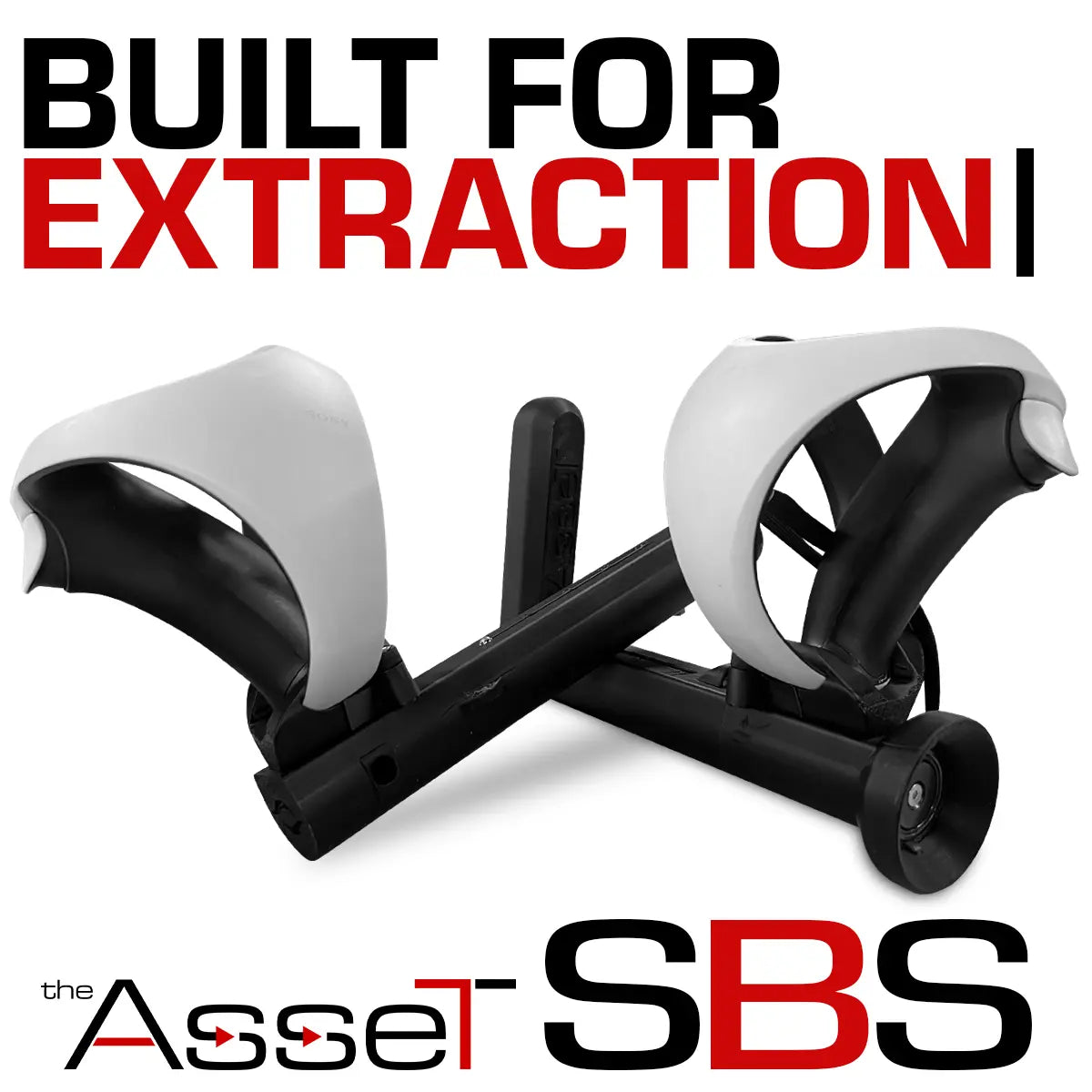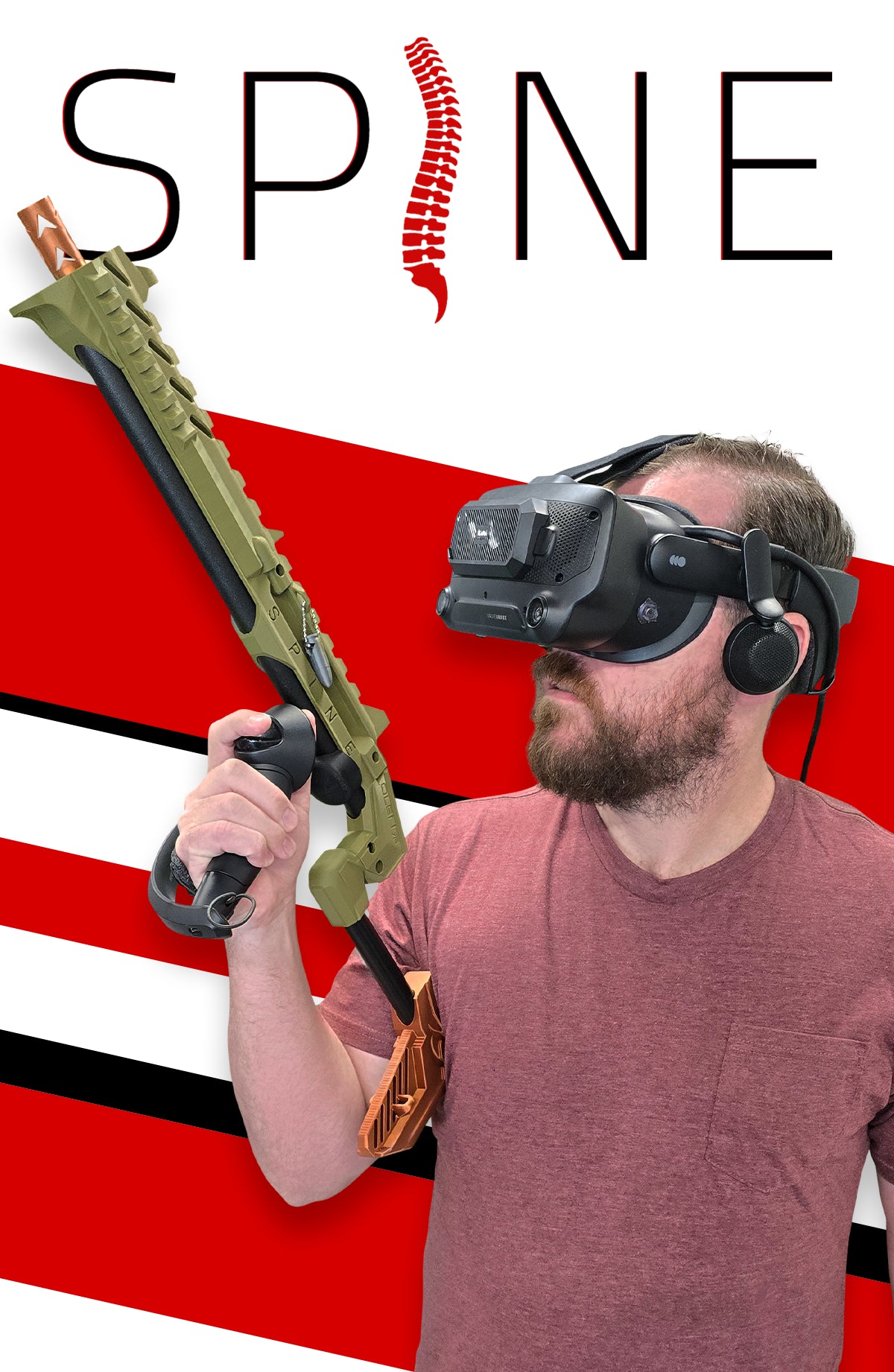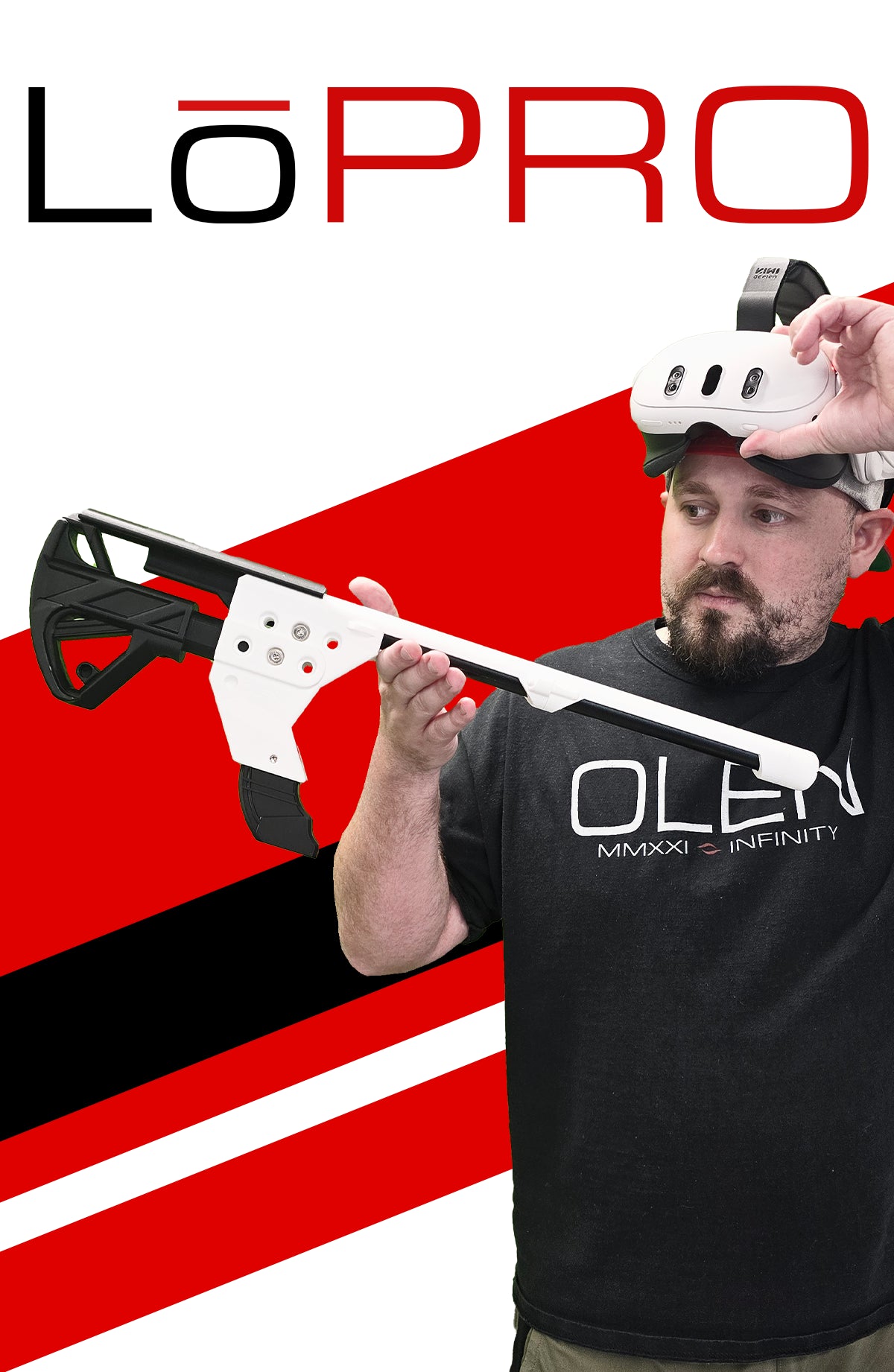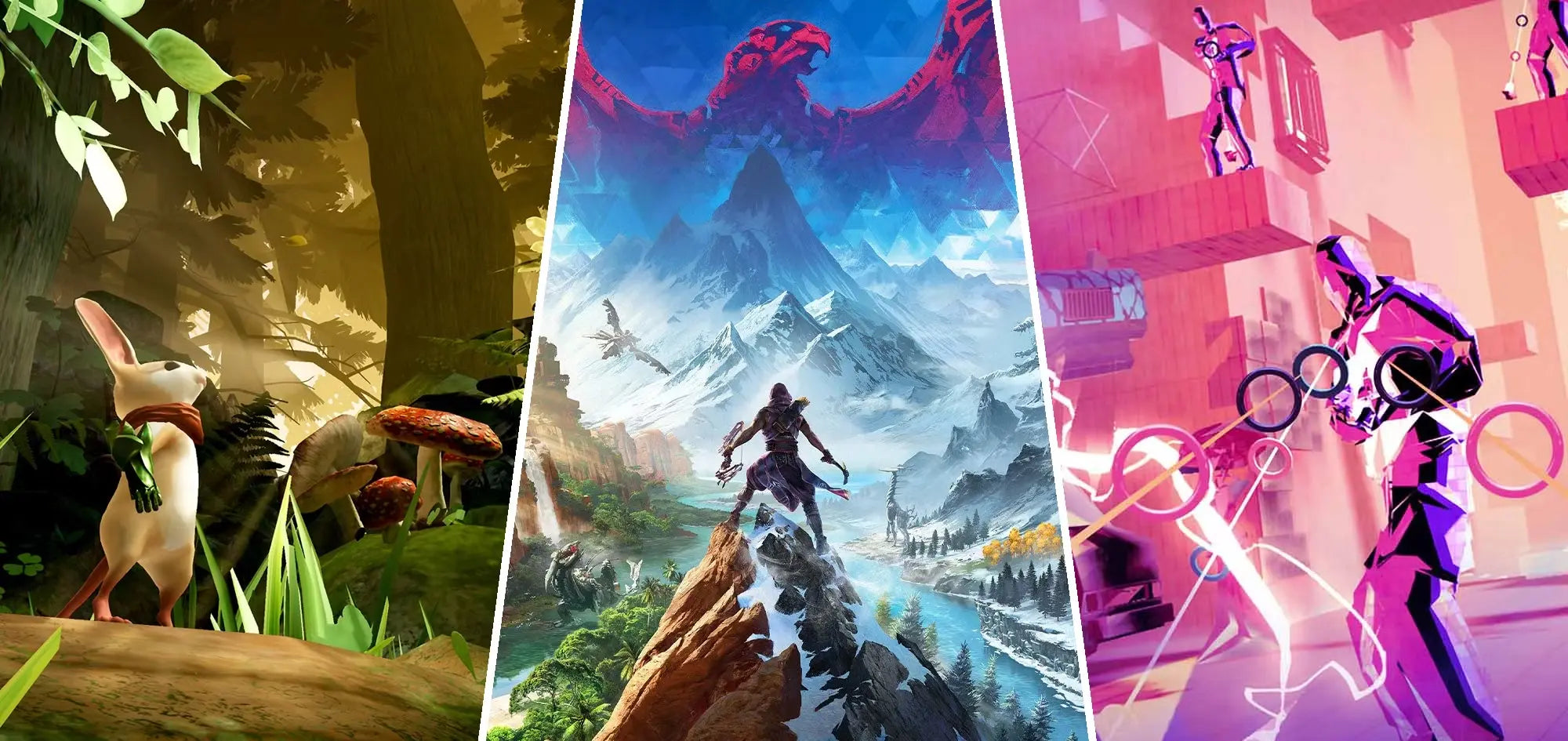If you're considering diving into the world of console-based virtual reality, you’ve likely come across the PlayStation VR2. With Sony’s next-gen hardware promising deep immersion and access to a rich library of PSVR2 games, it’s no surprise this headset has become a hot topic. But how does it really hold up under long-term use?
As someone who has spent over 20 years gaming and more than 5 years testing VR hardware including everything from the original Oculus Rift to the Meta Quest 3, I put the PSVR2 through rigorous testing. Not only did I explore the hardware in detail, I also played every single PSVR2 game currently available on the PlayStation Store to bring you a complete, honest, and deeply experienced PSVR2 review.
Whether you're a casual player or a die-hard VR enthusiast, this post will give you everything you need to know about the PSVR2 before making the plunge.
What is the PSVR2?
The PlayStation VR2, or PSVR2, is Sony’s next-generation virtual reality headset built exclusively for the PlayStation 5. It’s a massive leap from the original PSVR, incorporating modern features like inside-out tracking, eye tracking, and adaptive triggers on the controllers.
What sets the PSVR2 apart from many competitors is its strong foundation in console hardware. Instead of needing a high-end gaming PC or relying on mobile-grade chips, the PSVR2 leverages the PS5’s GPU and CPU to deliver high-fidelity, console-quality VR experiences.
PSVR2 Specs: A Hardware Deep Dive
Let’s talk specs. This is where the PSVR2 shines:
- Display Type: OLED
- Resolution: 2000 x 2040 per eye (4K HDR total)
- Field of View: ~110 degrees
- Refresh Rate: 90Hz / 120Hz
- Eye Tracking: Yes
- Headset Feedback: Built-in vibration motor
- Controllers: Sense Controllers with adaptive triggers and haptic feedback
- Tracking: Inside-out (no external cameras needed)
- Audio: 3D Tempest AudioTech (earbuds included)
These specs put the PSVR2 in direct competition with high-end PCVR headsets and in some ways, it outpaces them thanks to its OLED display and robust haptics.
Setup & Comfort: What to Expect
Setup is refreshingly simple. With just a single USB-C cable plugging into the front of your PS5, you're ready to go in minutes. Comfort-wise, Sony has nailed the design. The halo-style head strap distributes weight evenly, and the soft rubber light shield blocks out ambient light without pressure. The PSVR2 is one of the most comfortable headsets for long sessions, even with glasses.
PSVR2 vs Meta Quest 3 & Other Headsets
Here's how the PSVR2 stacks up against other major headsets:
| Feature | PSVR2 | Meta Quest 3 | Valve Index |
| Resolution | 2000 x 2040/eye | 2064 x 2208/eye | 1440 x 1600/eye |
| Display Type | OLED | LCD | LCD |
| Refresh Rate | 120Hz | 90/120Hz | 80–144Hz |
| Platform | PS5 | Standalone/PCVR | PCVR |
| Controller Haptics | Yes (advanced) | Yes | Limited |
| Eye Tracking | Yes | No | No |
While the Meta Quest 3 offers wireless play and flexibility, the PSVR2 delivers unmatched immersion through its OLED display, eye tracking, and tactile feedback. The catch? You must own a PS5 and stay tethered to it.
The Best PSVR2 Games Right Now
One of the biggest selling points of any VR headset is its game library. And thankfully, PSVR2 games bring the heat. These psvr2 games represent what the hardware is capable of graphically intense, fully immersive, and deeply engaging. Here are some top-tier experiences you should play immediately:
- Horizon Call of the Mountain: A stunning, first-party AAA title with jaw-dropping visuals.
- Gran Turismo 7 (VR Mode): Arguably the most realistic driving sim in VR.
- Resident Evil Village VR: Horror done right; fully immersive and terrifying.
- No Man’s Sky: Vast exploration with meaningful VR mechanics.
- Synapse: Fast-paced, mind-bending shooter with telekinetic gameplay.
Hidden Gems in the PSVR 2 Games Library
While the major titles get all the attention, there are some must-play indie and lesser-known PSVR 2 games. Sony has also confirmed dozens of upcoming PSVR2 games, with steady support from third-party developers and PSVR1 remasters being upgraded for the new system:
- Moss & Moss Book II: Charming action-puzzle games with beautiful diorama-like levels.
- Pistol Whip: A rhythmic shooter that’s incredibly satisfying and intense.
- Kayak VR: Mirage: A relaxing yet visually stunning experience.
- Star Wars: Tales from the Galaxy’s Edge: Expanded universe storytelling in VR.
Performance & Tracking in Real Gameplay
This is where I was honestly impressed. The PSVR2’s inside-out tracking is almost flawless, even in low-light rooms. Controller tracking is accurate, and the headset rarely drifts or loses position. Eye tracking is more than a gimmick as it enables foveated rendering, meaning the headset only renders full resolution where your eyes are looking. This boosts performance and visual clarity dramatically.
Visual Experience: OLED is a Game-Changer
Many headsets use LCD panels, which can look dull or washed out in dark environments. If you've played games like RE Village or GT7, you'll immediately notice how the deep blacks and vibrant highlights enhance realism. The PSVR2’s OLED display solves the bad screen blacks with:
- True blacks
- High contrast
- Vivid colors
- Zero ghosting or motion blur
Audio, Haptics & Immersion
The PSVR2 takes immersion seriously, combining 3D audio, responsive haptics, and even headset vibration to create a deeply sensory experience. Sony’s Tempest 3D AudioTech delivers incredible spatial sound, letting you hear precise directional cues like footsteps behind you, whispers to your left, or explosions rumbling from afar. Whether you're exploring eerie environments in Resident Evil Village or racing through the vibrant tracks of Tetris Effect, the audio pulls you into the world completely. The included earbuds offer solid performance, but the headset also supports premium wired headphones for an even more enveloping soundscape.
What truly sets the PSVR2 apart is its advanced haptic feedback. The PSVR2 Sense controllers bring next-level physical interaction with adaptive triggers and detailed vibrations that respond to everything from gun recoil to tension when pulling a bowstring. The headset itself also includes a subtle vibration motor that kicks in during intense moments like a nearby explosion or a towering machine stomping through Horizon Call of the Mountain. These effects aren’t just flashy features as they make each moment feel real, grounding you more deeply in the game. The PSVR2 doesn’t just show you the world because it makes you feel it.
The Pros and Cons After 100+ Hours
Pros:
- Stunning OLED visuals
- Incredible haptics and eye tracking
- Easy setup and high comfort level
- Strong exclusive and third-party game support
- Console-level performance without a PC
Cons:
- Requires a PS5
- Wired connection (even if minimal) is still a tether
- No native backward compatibility with PSVR1 games
- Game library is still growing (though rapidly)
Who Should Buy the PSVR2?
Buy it if:
- You already own a PS5
- You want high-end VR without the PCVR setup cost
- You care about premium visuals and immersion
- You’re new to VR and want console-level plug-and-play simplicity
Avoid it if:
- You don’t own a PS5 (it won't work without one)
- You prefer wireless play
- You already have a powerful PC and use a Quest 3 or Valve Index
Final Verdict: Is the PSVR2 Worth It?
In short: Yes, but with a few caveats. If you own a PS5 and are serious about high-quality VR gaming, the PSVR2 is arguably the best value in premium VR today. It delivers a next-gen experience with little friction, and the growing library of psvr2 games makes it easy to find worthwhile content. While it may not replace a Quest 3 for untethered room-scale freedom or a Valve Index for modded PCVR, it holds its own with rich, curated gaming experiences and some of the most beautiful VR visuals available today.












Leave a comment
This site is protected by hCaptcha and the hCaptcha Privacy Policy and Terms of Service apply.